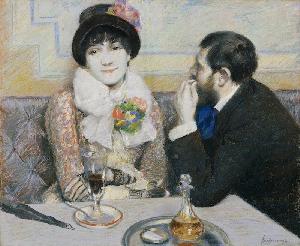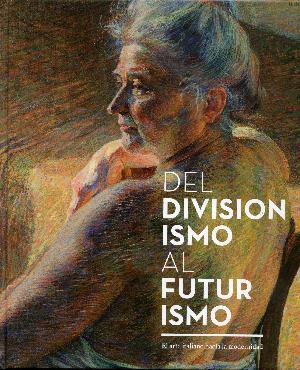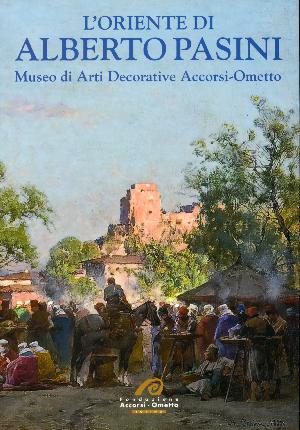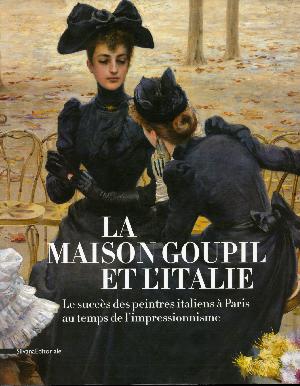Сотрудничество








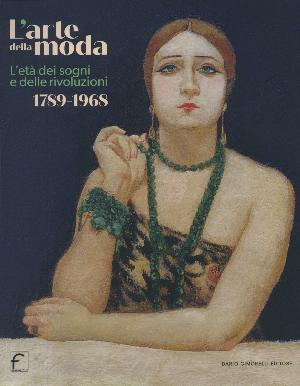
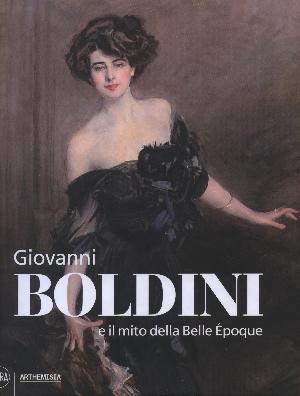


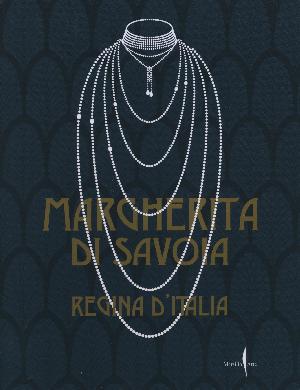

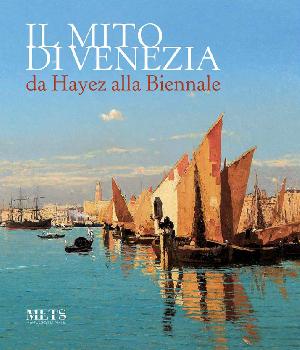











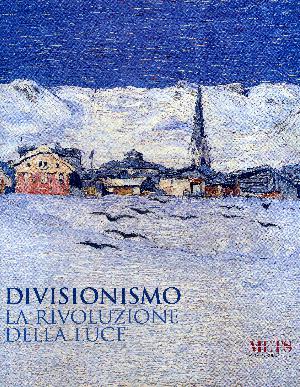



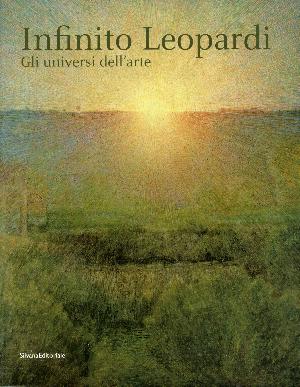




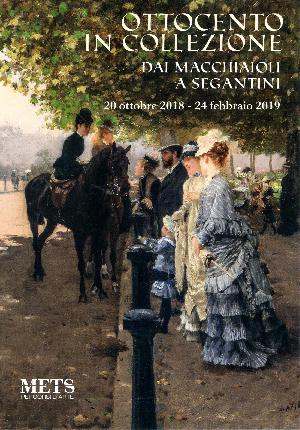










Padova - Corcos, Sogni della Belle époque
It was fate that this monographic exhibition on Corcos, the most complete ever made to the number and quality of the works presented, landed at Palazzo Zabarella, continuing the series of events dedicated to the great protagonists of the Italian: Hayez in 1998, Boldini in 2005, Signorini in 2009, De Nittis in 2013. Especially after the reconsideration of Boldini and De Nittis, the two great Italian in Paris, it was inevitable turn our attention to an equal level of the painter who, while not choosing as the other two to settle down forever in the French capital, but it remained for six long years, from 1880 to 1886, decisive for his education and his professional achievement, only to return to it periodically, making it forever the reference point. This special relationship and business trips to Edinburgh and Berlin confirms its international stature and an update that has made it one of the most important witnesses of the Belle Époque, that legendary season culture and customs which was to interpret the impulses, but also tension, of modernity and which ended with the outbreak of World War, which this year marks the centenary. Corcos was an incomparable interpreter of the society of his time devoted almost exclusively, although there are masterpieces in other genres such as landscape and scenes of life modern, the portrait of the century - think again De Nittis and Boldini, but also to Carolus-Duran, Fantin Latour, Whistler, Sargent, Sorolla, Zuloaga, Troubetzkoy - has shown an extraordinary vitality and originality. In a long and successful career, which began in 1880 whenone of his paintings was bought by King Umberto I and ended in 1931, when he stopped the haunting beauty of the youngPrincess Maria Jose - destined to become queen of Italy - Corcos has been able to decline the portrait with a surprising versatility that is in this exhibition aims to reveal how never happened before every aspect of his exceptional creative, absolute confirmation. As demonstrated by the works major and many previously unpublished emerged in the course of our research, he has been able to reinvent itself each time, changing subjects, setting, environments, thus making what was likely to be generally more conventional and conditioned by the needs Customer occasion instead of freedom and experimentation. This is certainly due to a technical skill surprising, but also on a solid cultural and formidable acquaintances, among the intelligentsia of the finest magazines period, such as "Fanfulla Sunday" or "Il Marzocco" and actors such as Carducci, Pascoli, D'Annunzio, Emilio Treves, the prince of the publishers. FEDERICO Bano - President of the Foundation Bano
INFO:
www.zabarella.it/mostre/corcos

©2015 ENRICO Gallerie d'Arte - All Right Reserved - P.IVA 00985970094 | Privacy Policy | Cookie Policy | Site Map

